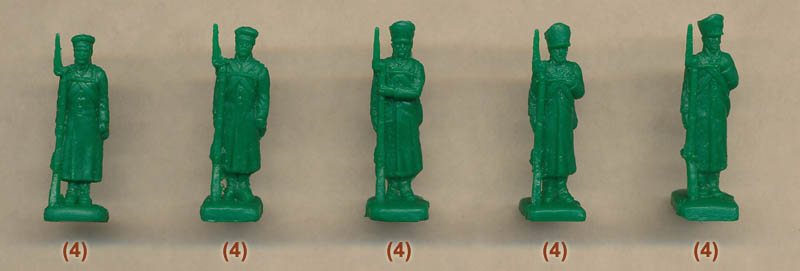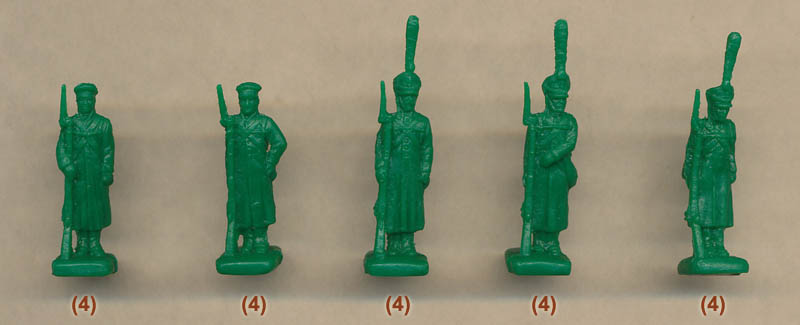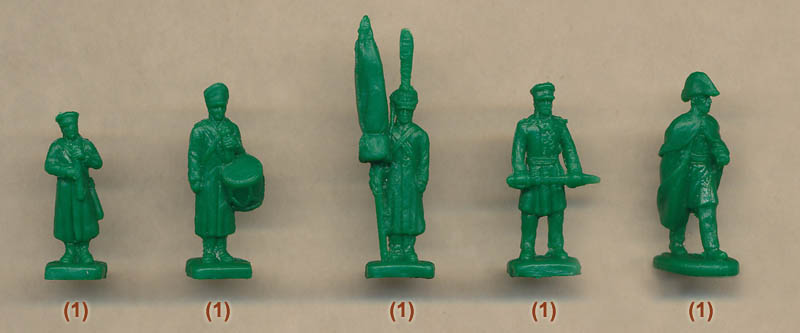
"Russian Infantry in Overcoats Standing Order Arms Review" Topic
4 Posts
All members in good standing are free to post here. Opinions expressed here are solely those of the posters, and have not been cleared with nor are they endorsed by The Miniatures Page.
Please do not post offers to buy and sell on the main forum.
For more information, see the TMP FAQ.
Back to the Napoleonic Discussion Message Board Back to the Napoleonic Product Reviews Message Board Back to the Plastic Figures Message Board
Areas of InterestGeneral
Napoleonic
Featured Hobby News Article
Featured Link
Featured Ruleset
Featured Showcase Article A happy customer writes to tell us about a painting service...
Featured Profile Article
|
Please sign in to your membership account, or, if you are not yet a member, please sign up for your free membership account.
| Tango01 | 24 Feb 2020 3:06 p.m. PST |
"Many people today like to imagine Napoleonic battles as an epic canvas filled with thousands of men dressed in colourful and smart uniforms, and artists then and now like to oblige that perception. The reality was often a good deal more down to earth, with mismatched uniforms, clear signs of dirt and wear, and very often a much more practical garb being worn, namely weather-proof covers and the greatcoat. The greatcoat was particularly associated with the Russian infantry, where the voluminous garment was popular with the men because it was comfortable and warm, as was the forage cap. The appearance of these troops may not have been smart or impressive, but that would not worry them as they did their Tsar's bidding all over Europe. All the other ranks here are wearing the greatcoat, which has been correctly done in the most typical design and so looks good. The lower legs show the men to be wearing gaiters over shoes, which just leaves the headgear to talk about. Four of the poses wear the forage cap, of a design that was introduced from 1811 and would last little changed for decades to come. The rest of the men wear a shako, which on three of the poses has had the plume removed and a cover placed over it. The remaining three poses have no cover, so that we can see the badge and cords around it, and the long thin plume assigned to grenadiers from 1811 also. The men's kit begins with a rectangular knapsack held by two shoulder straps connected by a third across the chest, attached to which is a water flask. Each man also has a cartridge pouch on the right hip and a haversack on the left; the latter not being issued but widely worn nonetheless. The pouch has a triple-flamed grenade badge on it, as do the uncovered shakos, which confirm the identification of these men as grenadiers rather than musketeers. Lastly each man seems to have a sabre partly covered by the haversack, but there is no sign of a bayonet scabbard anywhere…."



Main page
link Amicalement
Armand |
| Widowson | 26 Feb 2020 12:41 p.m. PST |
This is just my opinion, but: "Many people today like to imagine Napoleonic battles as an epic canvas filled with thousands of men dressed in colourful and smart uniforms, and artists then and now like to oblige that perception." Isn't that why we collect and paint Napoleonic figures? If you want dull, collect and paint the World Wars. |
| Marc the plastics fan | 26 Feb 2020 1:33 p.m. PST |
Agreed. And the pose is dull. Easy to mould, but not enough for me |
| Tango01 | 27 Feb 2020 10:29 a.m. PST |
|
|

